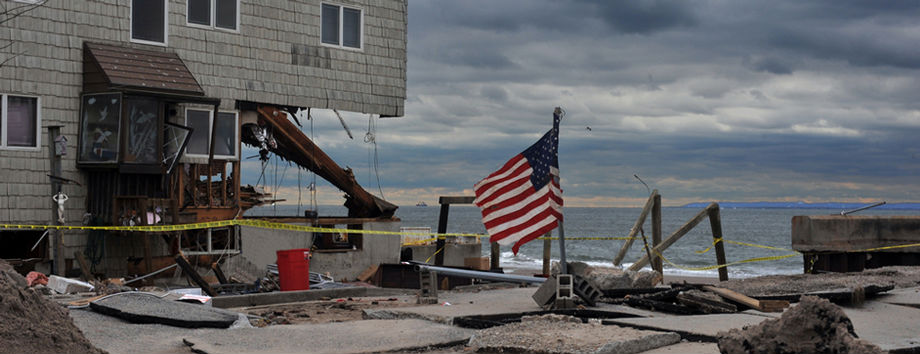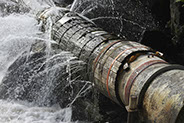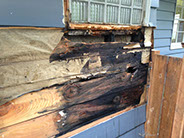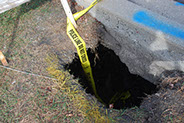Submit an Assignment
Storm Events
Determination of Flood versus Other Damage Causations
Background Information: Hurricane Sandy affected over a dozen states and millions of people felt her force. Strong winds and high tides during the height of the superstorm blasted against a condominium complex on a long stretch of beachfront in New Jersey. Based upon our review of the storm data, maximum wind speed gusts of 56 mph and maximum wind speeds of 39 mph were recorded in the specific area. A maximum tide height was measured at a nearby station at 7.2 feet above Mean Lower Low Water. Significant structural damage was sustained by the buildings. The insurer decided to consult the experts at Forensic Analysis & Engineering Corporation to help establish why the damage occurred and determine if the storm’s wind or surging waters was in fact the cause of the damage to the buildings.
Assigned Task: The assigned task was to examine & determine the specific causation of the damage at the insured properties and to provide an objective written expert opinion, including necessary supporting rationale. Specifically, FAEC experts were asked to investigate six-three storied condominium units and determine the initial cause of the damage to the units. An FAEC engineer promptly an inspection of the scene to begin his investigation.
Observations & Findings: Based upon debris lines on the walls we estimate approximately 7 feet of water was in the lower level and approximately 3 feet of water in the first floor of the units. Our observations in this case consisted of:
1. The first floor damage in the buildings was the result of flood waters. Water level
marks indicate that up to seven feet of water covered the lower level of the first
floor and up to three feet of water covered the higher floor level of the first floor
in the beachfront building. Several inches of water covered the lower level of the
lower level, first floor of the inland building.
2. The first floor siding on the beachfront building was damaged by the storm surge
and flood waters.
3. The water stains on the interior wall surfaces around the second story windows
and sliding glass doors in the beachfront building were the result of windblown
rains penetrating in and around the windows and openings.
4. The damage to the shingles on both buildings and the missing furnace pipe cap
were the result of high winds.
5. The loss of a seal in several roof skylights is oftentimes caused by significant
barometric pressure changes and high winds in passing storms.
Results of the Investigation: Forensic Analysis & Engineering was able to determine the cause of the structural damage, and established why the damages occurred. From FAEC’s detailed, comprehensive report and full-color pictures, the client was able to claim the appropriate damages to the proper parties and begin recovery efforts from the storm.
Contact Forensic Analysis & Engineering Corporation for catastrophe loss support at (800) 224-3595 or directly submit an assignment online.


Storm Events


Accidents

Fire / Explosion



Geotechnical Damages
Marine Losses
Construction Defects
Utility Failures
Featured Projects



Copyright © 2014 Forensic Analysis & Engineering Corporation
